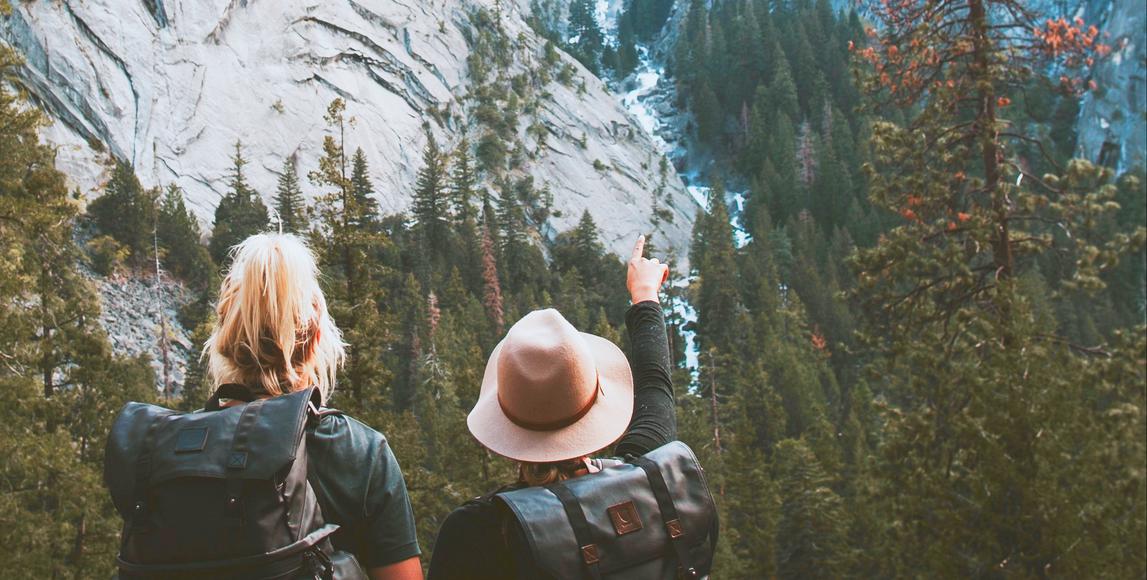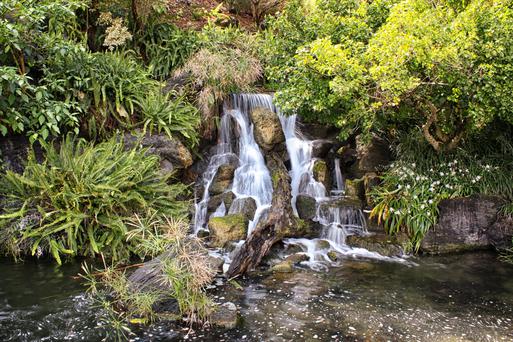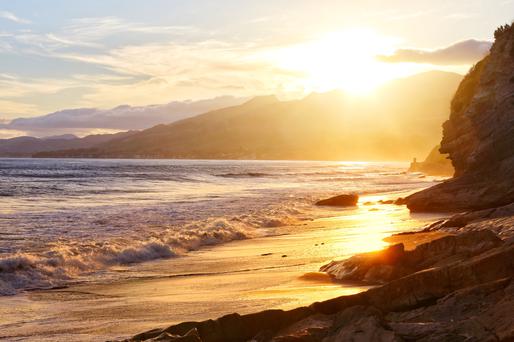When it comes to wilderness survival skills, the most important by far are being able to satisfy your basic needs—so finding clean drinking water, creating shelter from the elements, and staying warm all fall under outdoor survival skills you should know before you go on your next trip.
1. Finding Water
Being able to locate and purify water in nature is an essential part of surviving tough situations. Even if you only plan to go on an hour’s hike or to camp for one evening, the weather can easily change and a seemingly benign fall can change everything, so knowing where to look for water and being able to make it safe for drinking are great skills to know.
In mountainous terrain, water will always flow downhill and tend to lie in the divots or crevasses of the hills. While stagnant water can be treated in desperate situations, flowing water is always the right choice if you have the option; still water offers a breeding ground for bacteria and viruses—plus, you never know what might have touched or been poured into the water before you got there. Sometimes, finding water is easier when you stop to listen than it is when you keep moving and look for it, so take a moment and pay particular attention to the sounds around you.
Once you’ve located a water source, it’s incredibly important to treat the water prior to consuming it. Filtering and purifying water greatly reduces your risk of consuming contaminants, so it’s a good idea to purchase a portable water filter and purification tablets, in addition to carrying a metal container and knowing how to start a fire to boil the water.
2. Safely Starting a Fire
Though we don’t condone starting fires in the wilderness—especially in protected nature areas—when it comes to survival, knowing how to create a heat source means you’ll be able to stay warm, cook food, and boil water. Starting a fire is infinitely easier with matches or a lighter, so it’s a good idea to add these to your pack, but handheld igniters also make a great option.
Since you’ve planned ahead and brought your selected lighting tool, you’ll only need to gather some materials to burn. When it comes to building a fire, drier items work best, so try to gather fallen branches, dead grass, dried leaves, and the like. Then, you’ll need to light the smaller pieces first; these will get a good fire going and ignite the larger branches while simultaneously saving you a ton of effort trying to get these bigger pieces of wood to burn.
3. Making Shelter
Being able to escape the rain, snow, hail, or other extreme weather conditions can make your time outdoors much more comfortable. While you can make a shelter out of materials in your environment, the type and effectiveness of our refuge depend greatly on the materials available. If you find yourself without any type of protection in your pack, hopefully, you’ve planned ahead and brought a knife or hatchet on your journey so you can more easily assemble fallen branches, trees, and whatever else you might find.
To take a bit more caution, consider investing in a bivy so you can fully escape the elements without much work. The North Face’s bivy makes an awesome choice and provides waterproof protection with enough space for you, your boots, and your pack.
Everything You Need To Know About Wilderness Survival






